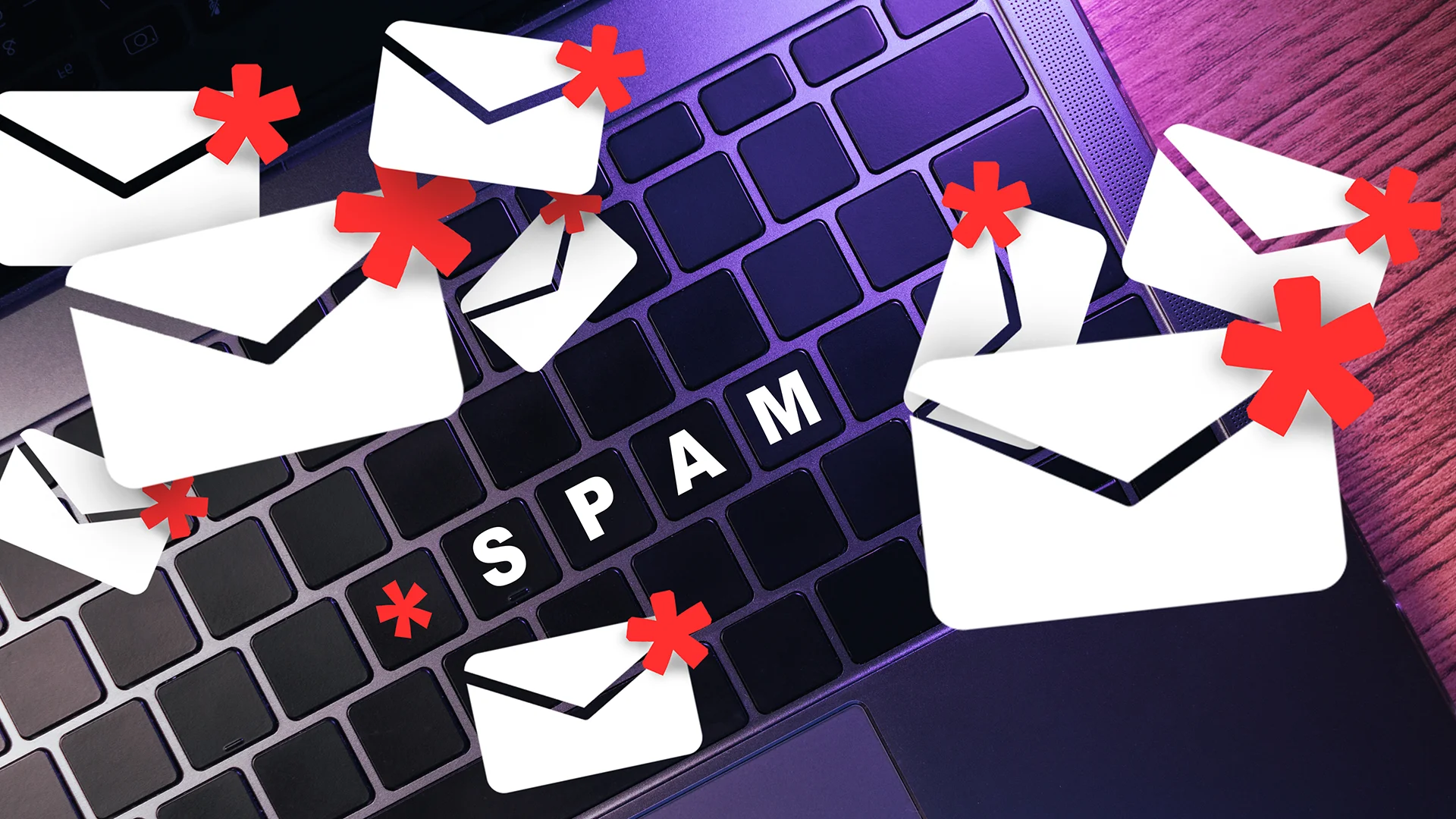Emails from WordPress are especially important for active websites like online stores, forums, and membership sites – where messages such as “Forgot Password,” order confirmations, and other notifications are crucial for operations. If you don’t properly configure email settings in WordPress, these messages often end up in spam, leading to frustrated users and potentially disrupting essential functions of your website.
Table of Contents
What is SMTP and Why is it Important?
SMTP stands for Simple Mail Transfer Protocol and is the standard protocol for sending emails over the Internet.
WordPress does not use the SMTP protocol by default but instead relies on a function called PHP mail. Emails sent from WordPress via this method often lack important authentication mechanisms like SPF, DKIM, and DMARC, which results in messages being flagged as spam or deleted by the system before reaching the recipient.
Sender Policy Framework (SPF), DomainKeys Identified Mail (DKIM), and Domain-based Message Authentication, Reporting, and Conformance (DMARC) are methods used by all email systems to verify that an email message is legitimate.
By enabling SMTP in WordPress, emails are sent through a real email account where all these mechanisms are correctly configured, significantly increasing the chances that your emails will reach the recipient’s inbox.
Sending Emails from WordPress via SMTP
The easiest way to configure WordPress to send emails via SMTP is by using a plugin or extension.
The best extension we recommend for this is Fluent SMTP.
Simple step by step guide for Fluent SMTP:
- Go to Plugins > Add New in the WordPress dashboard
- Use the search field at the top right and type in “Fluent SMTP”
- Hover over the extension in the search results and select Install
- Once the plugin is installed, the button will change, and you can click Activate
- Now that the plugin is active, you will find a new option under Settings > Fluent SMTP
- Choose a provider from the list, or select Other SMTP for a regular email account
- Enter the sender details, mail server, port number, and enable SSL/TLS
- Confirm your settings by clicking the Save Connection Settings button
- Go to the Email Test tab at the top to ensure everything works correctly
Ensure Your DNS Configuration is Correct
Even after enabling SMTP for emails in WordPress, there may still be situations where messages end up in spam. This can happen for various reasons, but it’s often due to incorrect configurations with your web hosting or domain provider.
To check if everything is set up correctly, you can use tools like dmarcian.com or mxtoolbox.com to identify and troubleshoot any issues.

The Content of Your Emails Can Affect Delivery
Even when the technical setup for WordPress emails is properly configured, this alone doesn’t guarantee that your messages won’t end up in spam. The content of your emails also plays a crucial role.
Spam filters assess the content of emails based on several factors, and it’s important to be aware of these to avoid your emails being filtered out. First and foremost, avoid using typical spam-triggering words like “free,” “guaranteed,” or “limited offer.” These words often raise red flags in spam filters, as they are commonly associated with unwanted advertising.
Additionally, it’s important to maintain a balanced tone in your emails. Overuse of capital letters, exclamation marks, or overly promotional language can be perceived as aggressive selling tactics, which spam filters tend to flag. Also, avoid sending very short messages without context, as these can easily be associated with phishing or spam attempts.

The structure of your email is equally important. Use a clear and professional layout that includes visible sender information, personalized content for the recipient, and an easy-to-use unsubscribe link. This signals that your email is legitimate and not part of a mass marketing effort with no relevance to the recipient. Including useful and relevant content will increase trust in your emails and reduce the chances of them landing in the spam folder.
By combining a technically sound setup with well-crafted content that follows best practices for email messaging, you increase the likelihood that WordPress emails will be delivered straight to the inbox, where they belong.

